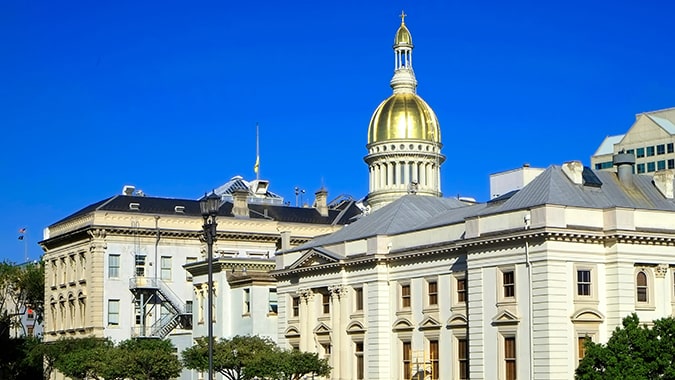Core retail sales during the 2023 holiday season grew 3.8% over 2022 spending levels to $964.4 billion, despite inflation and higher interest rates, according to U.S. Census Bureau data.
Sales for the full year grew 3.6% over 2022 to $5.13 trillion.
The core 2023 holiday spending was consistent with the average annual holiday spending increase of 3.6% from 2010 to 2019 before the pandemic, according to the National Retail Federation, which had previously forecasted 2023 holiday spending would raise 3% to 4%.
By comparison, during the COVID-19 pandemic the trillions of dollars in federal stimulus money led to unprecedented rates of consumer spending. Core retail holiday sales during the pandemic grew 9.1% in 2020 and 12.7% in 2021 before declining to 5.4% in 2022.
“Consumer spending was remarkably resilient throughout 2023 and finished the year with a solid pace for the holiday season,” NRF Chief Economist Jack Kleinhenz said. “Although inflation has been the biggest concern for households, the price of goods eased notably and was helped by a healthy labor market, underscoring a successful holiday season for retailers.”
The core retail holiday sales calculation is based on Census Bureau data but excludes automobile dealers, gasoline stations and restaurants where prices are more volatile. NRF defines the holiday shopping season as Nov. 1 through Dec. 31.
The holiday total, which is not adjusted for inflation, includes online and other non-store sales, which were up 8.2% at $276.8 billion. NRF had forecast that category would grow between 7% and 9%. Online holiday sales were $255.8 billion in 2022.
The Census Bureau data released Jan. 17 said overall December retail sales – including autos, gas and restaurants – were up 0.6% from November and up 5.6% year over the year. In November, the Census numbers were up 0.3% month over month and up 4% year over year.




